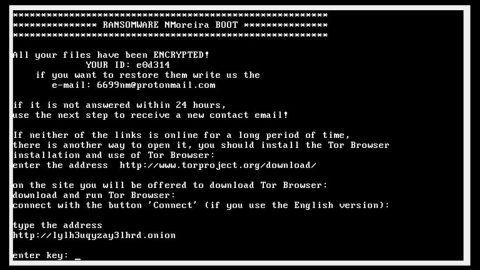Many of us are familiar with fake Windows antivirus software. These annoying programs flood a computer with false error messages and fake virus alerts to trick them into purchasing antivirus software.
Today, fake antivirus software is one of the most common – and most effective – types of viruses. Even the most computer-savvy users can be tricked by fake antivirus software, especially since most fake programs use a similar interface to Windows. In fact, some fake antivirus software even has words like ‘Microsoft’ or ‘Windows’ in its name, tricking people into thinking that the antivirus software is officially endorsed by Microsoft.
In reality, fake antivirus software hijacks your computer. It prevents users from opening important programs like the internet browser or a real antivirus program (if you could open these programs, you could simply remove the fake antivirus from the computer yourself). If you do end up paying for the fake antivirus program, your computer might not even be cured of its problems.
Some fake antivirus software even escalates the price that users have to pay. The program might claim to be able to cure your computer for a one-time payment of just $40, while in reality, it will sign you up for a recurring monthly payment of $40. In many cases, the fake antivirus software will essentially hold a computer for ransom until it receives payment, which is why many fake antivirus software programs have earned the term ‘ransomware’.
In other cases, the goal of the program isn’t to take the user’s money. Instead, it’s about stealing information like passwords and financial data. In that case, the fake antivirus software might end up costing a lot more than just $40.
How does the Windows 8 fake antivirus software work?
According to Forbes, hackers have already created fake Windows 8 antivirus software with the goal of luring in users of the new operating system. The fake Windows 8 antivirus software is called Win 8 Security System, and it’s a prime example of fake antivirus software at its worst.
Here’s how Win 8 Security System works:
Step 1) The user’s system is infected with the fake antivirus software after browsing on an infected website or downloading an infected file
Step 2) Win 8 Security System automatically starts scanning the system for errors. During this scan, it will encounter hundreds or even thousands of bogus, non-existent threats.
Step 3) Win 8 Security System will warn the user that these errors need to be solved immediately in order to safeguard user information and prevent a data leak.
Step 4) The program claims that errors cannot be removed with the simple trial version of the antivirus software
Step 5) Users, who are understandably scared at this point, are tricked into paying for fake antivirus software they don’t need.
Ultimately, Win 8 Security System is similar to any other fake antivirus programs that have been seen on the internet in previous years. However, this virus is different because it uses the Windows 8 name fraudulently – which is significant given the fact that Windows 8 hasn’t even been released yet.
Conclusion
Whether you’re using Windows 7, Windows 8, or an earlier version of Windows, always keep an eye out for fake antivirus software. If a program suddenly starts to scan your computer and identify hundreds of threats, then don’t pay attention to the results and never give out your credit card number. If you do, you might end up losing access to your bank accounts or – at the very least – experience a slow, virus-ridden computer.











